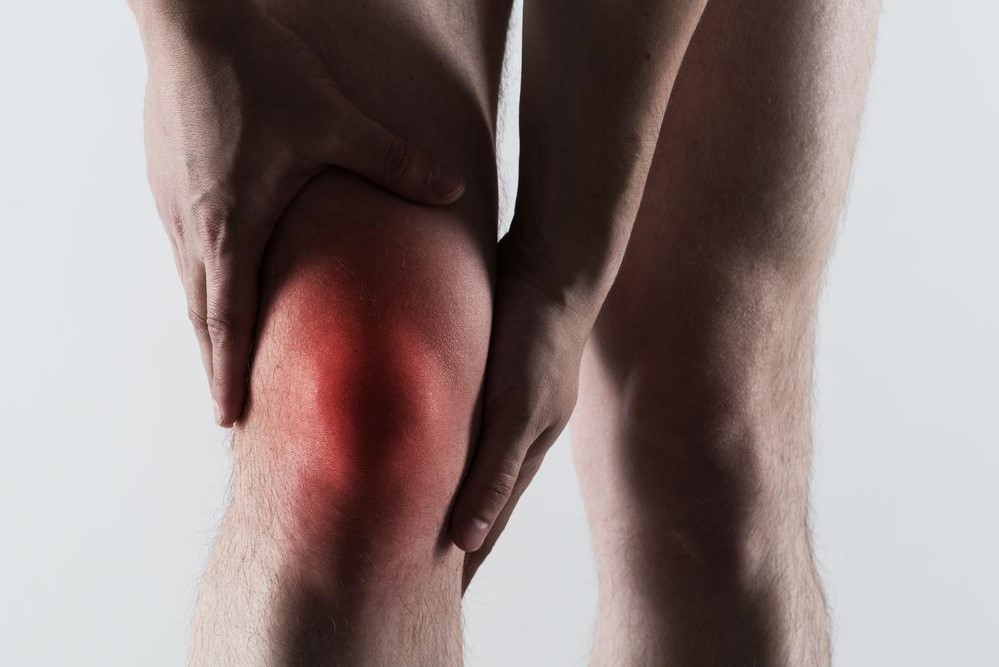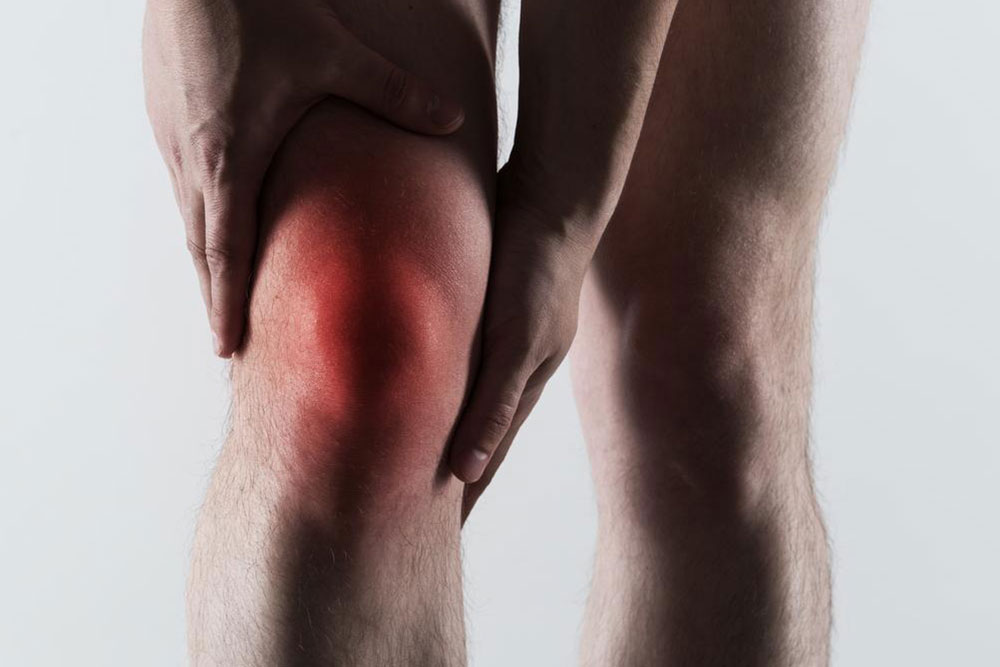Comprehensive Guide to Gout: Causes, Symptoms, and Prevention Strategies
Explore this comprehensive guide on gout, covering its causes, symptoms, risk factors, and prevention strategies. Learn how lifestyle modifications and medical interventions can help manage this common inflammatory arthritis effectively, preventing joint damage and improving quality of life through informed care and early intervention.

Gout is a prevalent and often painful form of inflammatory arthritis that primarily affects the joints, with the big toe being the most common site. However, it can also impact other joints such as the ankles, knees, elbows, wrists, and fingers. Recognized for its sudden onset and intense discomfort, gout episodes can strike unexpectedly, especially during the night, causing redness, swelling, warmth, and tenderness in the affected area. The pain associated with gout can be severe enough to interfere with daily activities and sleep, making awareness and management vital for those at risk.
Understanding the underlying causes of gout is essential for effective prevention and treatment. Gout is primarily caused by elevated levels of uric acid in the blood—a condition known as hyperuricemia. When uric acid levels become too high, the excess uric acid crystals can deposit within the joints and surrounding tissues. These urate crystals provoke an inflammatory response, resulting in pain, swelling, and skin sensitivity characteristic of gout attacks.
Causes and Risk Factors for Gout
The development of gout is influenced by a combination of genetic, dietary, lifestyle, and medical factors. Certain foods and beverages can significantly increase uric acid levels, most notably red meats, organ meats, shellfish, sugary drinks, and alcohol—particularly beer. Obesity is a major risk factor, as excess body weight contributes to increased uric acid production and decreased renal clearance.
Medical conditions such as hypertension, diabetes, metabolic syndrome, and kidney disease predispose individuals to gout. Additionally, some medications, including diuretics, low-dose aspirin, and drugs used for chemotherapy, can elevate uric acid levels. Factors like age and gender also play roles: men are more commonly affected, especially between the ages of 30 and 50, while women tend to develop gout after menopause due to hormonal changes affecting uric acid metabolism.
Recognizing Gout Symptoms and Its Clinical Presentation
Gout typically manifests as a sudden and severe attack of joint pain. The initial episode often involves the first metatarsophalangeal joint—the big toe—though other joints can be affected. Patients describe the pain as excruciating, often felt as a burning sensation, with the affected joint appearing red, swollen, warm, and tender to touch.
Attacks usually begin abruptly at night and can last from several hours to a few days. Some individuals experience recurring episodes over months or years, with intermittent periods of remission. As gout progresses without proper management, it can lead to chronic joint damage, characterized by persistent swelling, deformity, and the formation of tophi—hard urate crystal deposits under the skin.
Preventive Measures and Lifestyle Modifications
Preventing gout episodes involves a combination of dietary adjustments, lifestyle changes, and medical management. An essential step is to reduce intake of high-purine foods, such as red meats, shellfish, and organ meats, and limit alcohol consumption, especially beer. Increasing hydration helps dilute uric acid in the bloodstream, promoting its excretion through urine.
Maintaining a healthy weight is crucial, as obesity exacerbates hyperuricemia. Regular exercise, combined with balanced nutrition, can contribute to weight management and overall joint health. Diets rich in whole grains, fruits, vegetables, and low-fat dairy products have been shown to lower uric acid levels.
In some cases, medications are prescribed to control uric acid levels, including allopurinol, febuxostat, and uricosuric agents. These medications help prevent future attacks and reduce the risk of long-term joint damage. Patients are advised to work closely with healthcare providers to develop a tailored treatment plan suited to their specific needs.
When to Seek Medical Attention
If you experience sudden, intense joint pain, especially accompanied by redness, swelling, or warmth, it is crucial to seek medical evaluation promptly. Proper diagnosis involves physical examination, blood tests to measure uric acid levels, and sometimes joint fluid analysis to identify urate crystals. Early diagnosis and treatment can prevent long-term joint damage and improve quality of life.
Living with Gout: Long-term Management
Managing gout requires ongoing attention to lifestyle, diet, and medication adherence. Regular check-ups and blood tests are necessary to monitor uric acid levels and adjust treatment accordingly. Patients should avoid triggers that precipitate outbreaks and be vigilant about early symptom recognition.
Emerging therapies and advanced research continue to improve gout management, offering hope for better symptom control and fewer attacks. Education about the condition and support from healthcare professionals can empower patients to lead healthier, pain-free lives, despite the challenge of a chronic disease.
In summary, gout is a complex metabolic disorder with significant impact on quality of life. Understanding its causes, recognizing its symptoms early, and adopting appropriate preventive measures can significantly reduce the frequency and severity of attacks. An integrated approach combining lifestyle modifications, medical therapy, and regular monitoring offers the best outcome for those affected.





